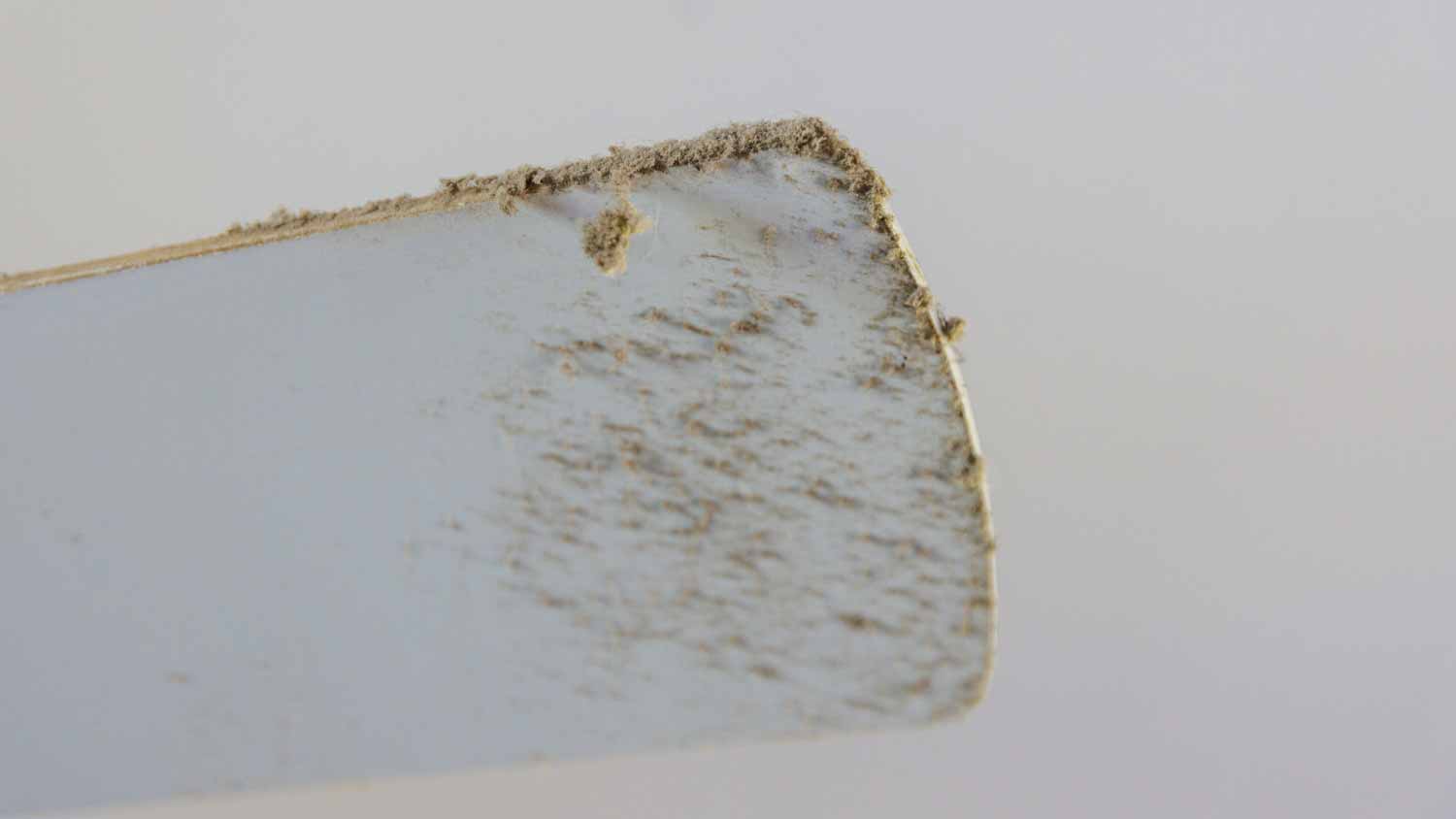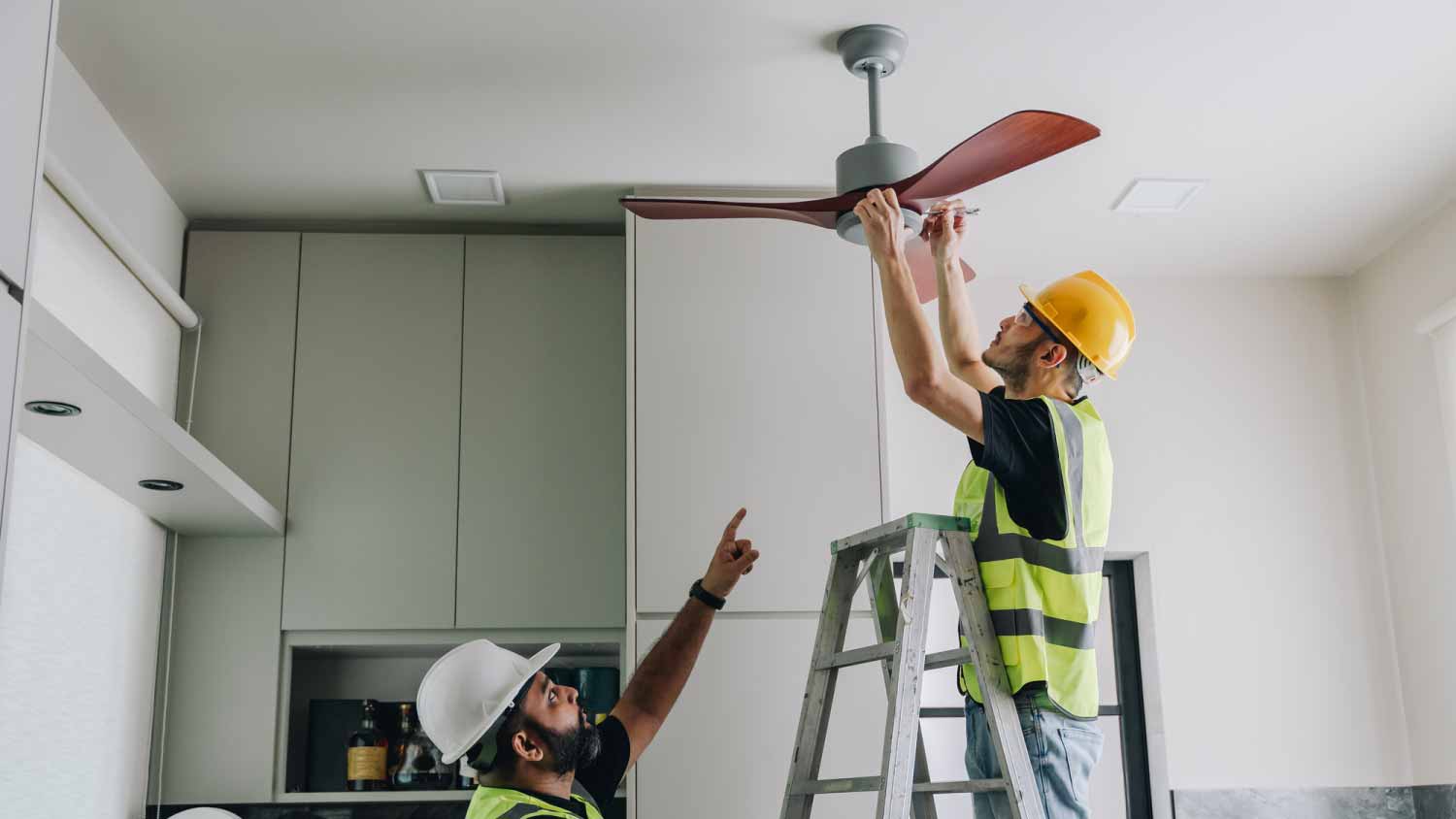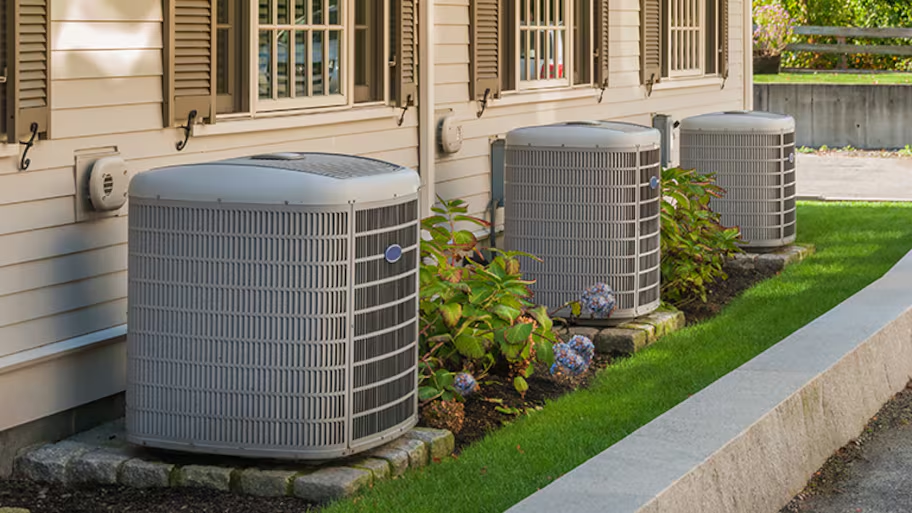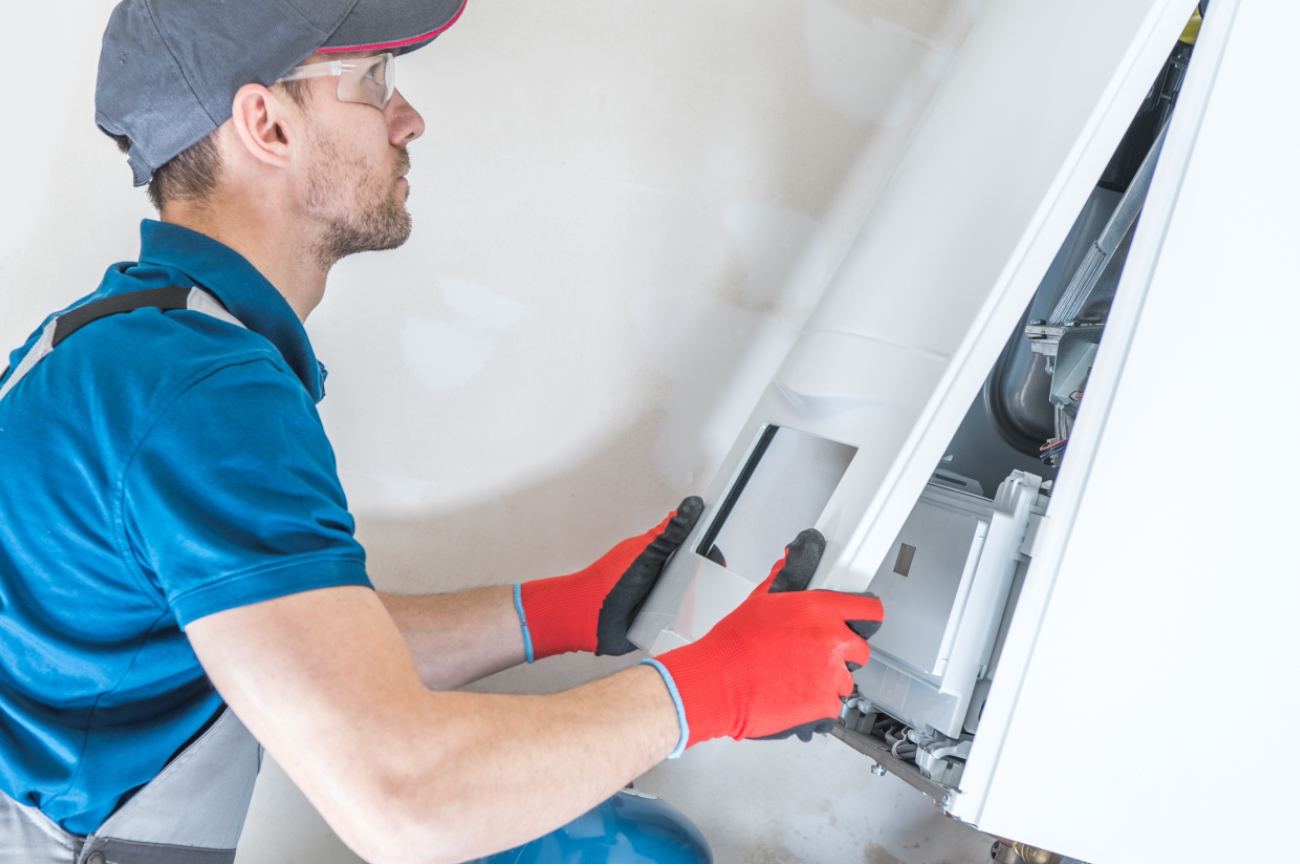
Ductless heating and cooling system costs vary depending on size, type, and energy efficiency. Their installation is likely to lower your energy bills.
Take this advice for a spin


Most fan problems are due to electrical issues.
Dust or poor lubrication can cause a fan to malfunction.
An overloaded circuit could result in a slow-spinning fan.
On average, ceiling fans last between 5 and 15 years.

Ceiling fans gathered dust at an astounding rate. When the fan blades get coated with dust, it creates air drag and adds weight to the fan blade, resulting in slower rotation. This is a problem that every fan will have at some point. While reducing dust at home can be a challenge, it is also one of the easiest fixes.
Use a ladder to clean the fan blades safely.
Dust the blades first, spray them with an all-purpose cleaner, and then wipe clean with a microfiber cloth.
A cleaning product with an extendable duster arm is a good solution for hard-to-reach places.
Ceiling fans spin with little resistance, thanks to properly oiled bearings. Over time, the oil can dry out or even leak, which causes excess friction in the fan, slowing it down. If you're not aware you need to lubricate your ceiling fan, you're not alone. Older fans are usually in need of this step, not only because it can slow the fan down, but because bearings with no lubrication can lead to the motor failing as the fan is forced to work harder than intended. A dead motor leads to expensive ceiling fan repair costs.
A professional fan expert or an electrician should be able to diagnose this problem.
If you want to DIY this problem, make sure you use a sturdy ladder, as you need to have the fan at eye level.
You can use lubricant drops or spray lubricant such as WD-40. There should be a hole for oil above the blades.

Capacitors store electric charge and are a common point of failure in ceiling fans. These devices smooth the flow of electricity from the circuit to the fan motor. If this sounds complicated, that's because it is. This issue requires professional know-how.
As this is not a DIY job, call a local professional to handle capacitor issues.
An electrical pro will test the unit with a multimeter.
Faulty capacitors are usually replaced, not repaired.
If your fan is experiencing electrical issues, it could also be due to old wires or wires that have become loose. This issue causes electrical resistance and electrical arcing, both of which can lead to electrical fires. A key giveaway of bad wiring is a buzzing sound coming from the fan. If you hear this, you should call a pro ASAP.
A pro will check the wires leading to the fan unit.
Bad wires can be fixed, but since they are inexpensive, they’re often replaced.
Loose connections will need to be tightened.
While you can wire a ceiling fan yourself, we don’t recommend DIYing a repair unless you have extensive electrical experience.
The first sign of an overloaded circuit is a tripped breaker. If you notice one of the switches on your circuit board has been flipped, it's a common symptom of an overloaded circuit. However, it can also mean there's a ground fault or a short circuit in the system. Flipping the switch yourself isn't a big deal, but other than that, you should rely on a professional to diagnose and check your circuit board.
Try flipping the switch. Oftentimes, you overload this system temporarily.
If you have too many power-hungry appliances running, they can overload the circuit.
If the circuit is tripped repeatedly, you may need to replace it.
Since many of the issues that lead to a slow ceiling fan rotation are electrical, It's a good idea to call a pro to ensure safety. While dusting a fan is pretty low-key, checking wires or circuits isn’t for everyone. Even if you’re comfortable doing electrical work, you should also be comfortable working high up on a ladder. We recommend talking to a local electrician as they are best suited to handle any problem that isn’t dust-related.
From average costs to expert advice, get all the answers you need to get your job done.

Ductless heating and cooling system costs vary depending on size, type, and energy efficiency. Their installation is likely to lower your energy bills.

Discover the true window AC unit installation cost to learn about labor, permits, and ways to save on your window AC project.

HVAC replacement costs depend on a lot of factors, like unit type, size, and labor. See what you can expect to pay for HVAC replacement here.

Discover heat exchanger replacement costs to learn about price factors, labor, and ways to save before hiring a pro or starting your project.

Baseboard heater covers can endure a lot of wear and tear, but eventually you’ll want to replace them. Here’s the best way to switch out baseboard heater covers.

With so many types of furnaces out there, how do you know which one is best for you? Explore our guide to the five main types and get your home warmed up.